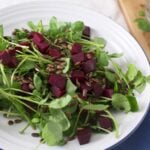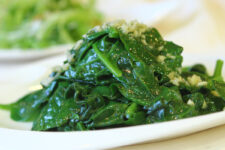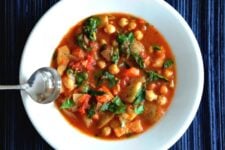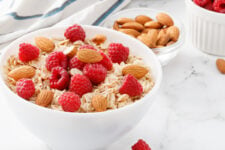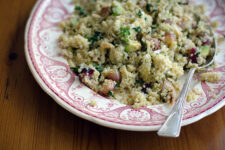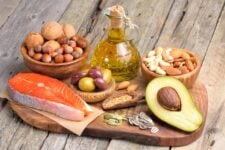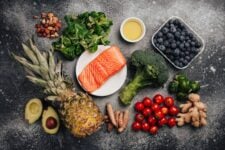A study published by Preventing Chronic Disease in 2014 has been making the rounds again recently — and for good reason. The study defined and ranked “powerhouse fruits and vegetables,” aka fruits and veggies that provide “on average, 10% or more daily value per 100 kcal of 17 qualifying nutrients” and that are closely associated with reducing the risk of chronic disease. The study ranked nearly 50 foods and the most nutrient-dense, powerhouse title-worthy of them all was pretty surprising.
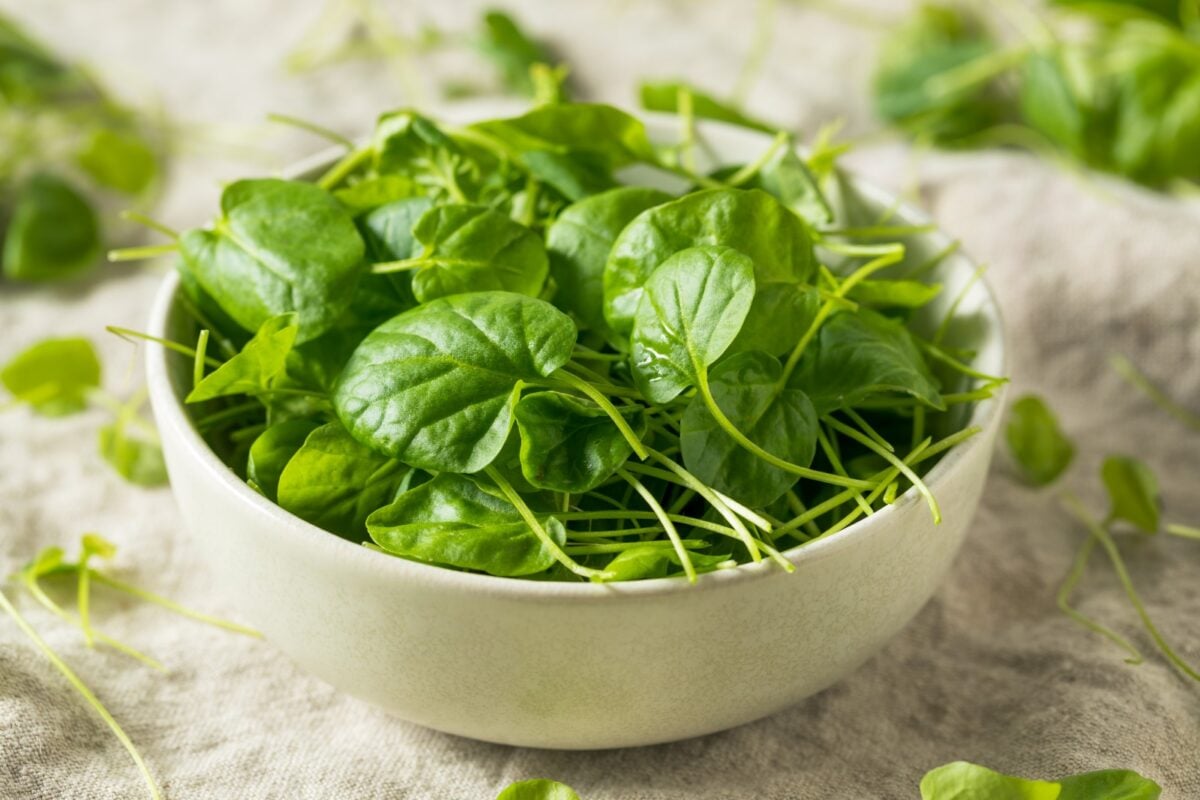
No, it wasn’t a well-known superfood that came out on top, like acai berries or beets. It also wasn’t a health food favorite like kale or turmeric. Instead, researchers decided that the most nutrient-dense food of them all is watercress.
What is Watercress?
So what is watercress? It’s not exactly an ingredient you see in many home gardens or in the average grocery store produce aisle.
This underrated vegetable is a leafy green that, as the name suggests, grows near the water. It’s related to arugula and kale and packed with vitamins, including vitamins A, B-6, C, E and K, and nutrients like calcium, potassium, magnesium and more. (The study in question particularly looked at multiple B vitamins, vitamin C, vitamin K, folate, niacin, riboflavin, and iron.)
The green offers a peppery flavor that adds a tasty bite to salads, soups and smoothies and, according to the study, it’s even more nutrient-dense than other popular greens you might be using on a regular basis, like kale or cabbage.
How to Use Watercress
Want to take advantage of all these health benefits? You can use watercress pretty much anywhere that you might use one of the plant’s cousins, such as in salads or on sandwiches.
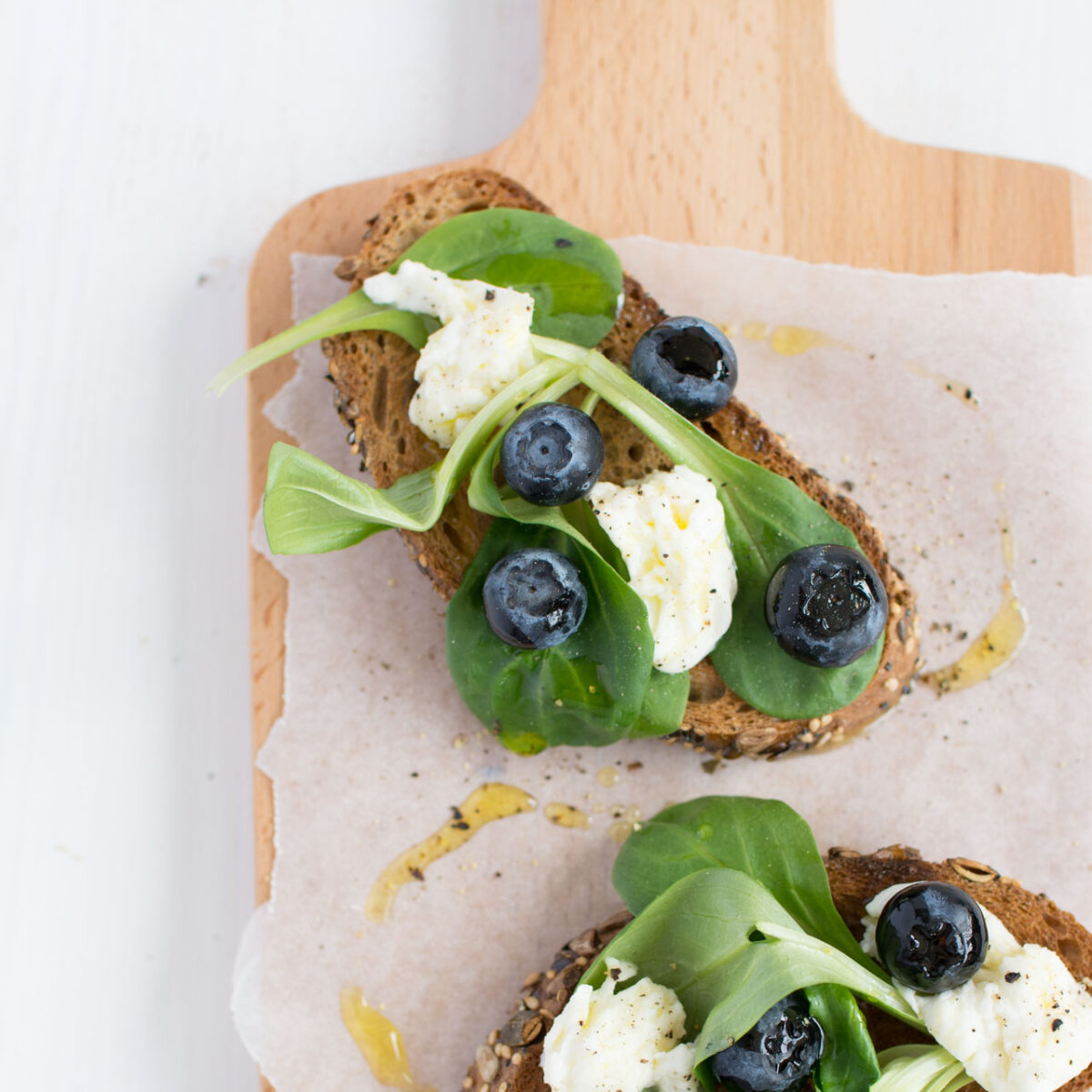
For a seasonal salad that takes advantage of another favorite, healthful summertime food, blueberries, try this blueberry caprese salad that uses watercress as its base, before adding basil, mozzarella, blueberries, and a simple dressing.
If you can’t get your hands on some fresh blueberries, you might want to, instead, try this roasted fennel and pear salad that combines equal parts watercress and spinach, along with pear, fennel, and walnuts.
Beyond salads, watercress also finds a spot in your favorite wintertime soups. This vegetarian minestrone recipe combines the nutritional power of watercress with lots of veggies for a hearty, filling soup that will keep you healthy and satisfied on even the coldest days.
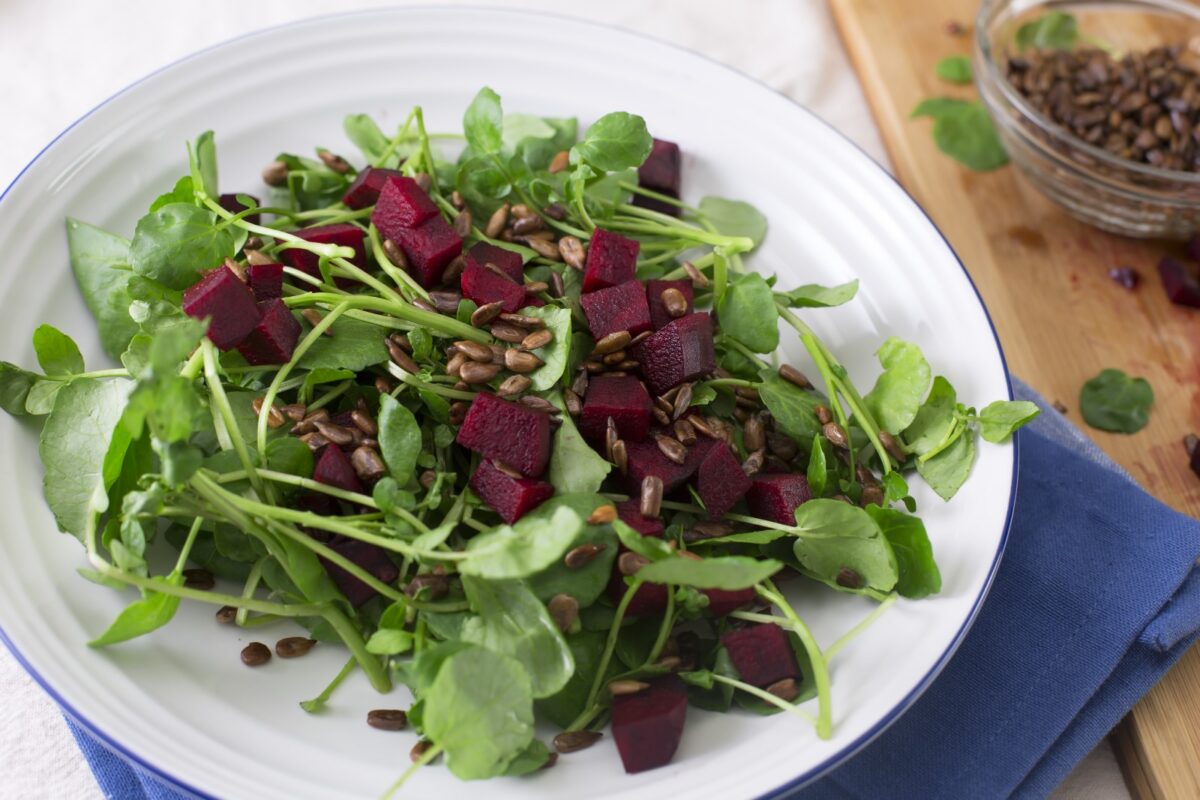
A Word of Caution
All of the above said, while watercress is incredibly nutrient-dense, that’s not always a good thing. This is not a food that you’ll want to eat in huge quantities every single day, for a few reasons.
For one, if you’re eating a large amount of watercress, plus taking other supplements and getting lots of vitamins and nutrients in other places, you could be exceeding your recommended daily intakes — and for some vitamins and nutrients, that can spell trouble. Additionally, if you take a blood-thinning medication, too much vitamin K could negate that medication’s effects.
Watercress & Beet Salad
Ingredients
- 6 cups watercress
- 1/2 cup sunflower seeds roasted and shelled
- 2 beets small to medium sized
- 1 tbsp balsamic vinegar
- 1/3 cup extra virgin olive oil
- salt and pepper to taste
Instructions
- Scrub beets clean and steam them with some water in the bottom of a steamer basket. Cook for about 30 minutes until tender all the way through when poked with a fork. Once the beets have cooled, rub off the skins and cut into cubes.
- In a large bowl, combine the vinegar with salt and pepper to taste. Whisk in the olive oil until the mixture is thoroughly blended.
- Reserve a couple tablespoons of the dressing. Pour the rest in a large bowl, add the watercress and sunflower seeds, and toss untile well coated.
- Arrange the salad in two full plates or four side plates and top with the cooked beets. Drizzle the beets with the reserved dressing. Serve immediately.

